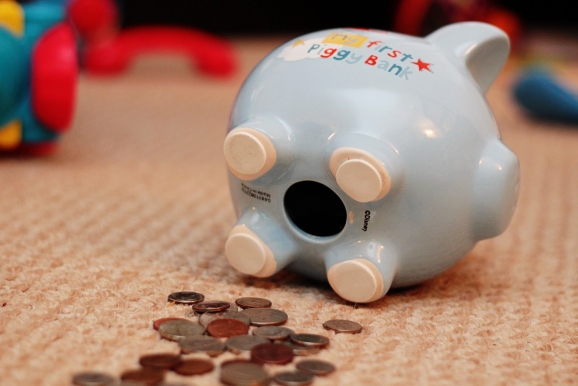What is a Shareholders Current Account?
This is probably the most common question we get when we sitdown with clients to review a set of accounts. So we thought we would try to explain it without using all the accounting terminology.
The current account(s) sits on the balance sheet and every year it shows a different figure. So where does this money come from?
Perhaps the easiest way to think of it is a bank account for each shareholder in the business. Money goes out and money comes in. Either you have loaned the company some money or the company has loaned you money.
Usually you’ll put money into the company to start off. This is called working capital, and is usually credited to your shareholder’s current account. Maybe the company’s cash flow was a wee bit tight at one stage of the year and you paid some of the company’s bills out of your own bank account.
When we record those transactions in the books, we credit your shareholders’ current account. That increases the balance and that’s a good thing because we are recording the fact that the company owes you money. So that means that if there is surplus cash in the bank account, you can draw on this cash tax free. The credit balance is represented as a Liabilty in the Balance Sheet as the company owes the shareholder that money.
On the other hand, if your own cash is a bit tight and you take money out of the business, we record this as a debit and the balance decreases. Some shareholders take drawings regularly and this works precisely the same way. If you owe the company money, the current account would show as an Asset in the Balance Sheet.
As you can see, it works precisely like your personal bank account. If the company owes you money, the account will be in credit. If you owe the company money, it will be in debit.
In Australia the same Shareholders Current account is called the Shareholders Loan Account (or just Shareholders Loan) – we think that’s probably a better way to think of it.
Sometimes shareholders take more money out of the business than they have in the Shareholder’s Current account. We call this an “overdrawn current account”. The IRD view this as a loan from the company. If it’s a loan, it must attract interest – and so we have to apply interest at the end of the year to comply with the IRD’s rules. If we didn’t, you would be liable to pay Fringe Benefit Tax.
So you can see that it’s really important that you make a note of every company invoice you pay out of your own pocket. We need to record that so that your Shareholder’s Current Account stays in credit and the company avoids unnecessary interest. Even if you are buying coffee for clients or customers out of your own pocket, keep the receipt. It all adds up.
If you have enough cash sitting in the business bank account, we might advise you to use as much of it as possible to reduce your own residential mortgage. Interest on your own personal mortgage isn’t tax deductible. Interest for the business is.
Hopefully this helps to demystify how your Shareholder’s Current account works.
Of course, this information is general in application and your specific circumstances may be different. If you would like confidential advice tailored to your unique circumstances, please don’t hesitate to call and make a time to pop in.




1 thought on “What is a Shareholders Current Account?”
Pingback: What is a Limited Partnership? - Generate Accounting
Comments are closed.